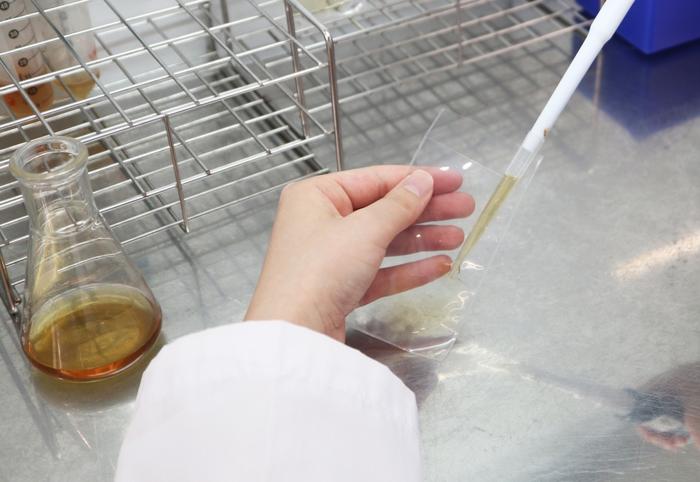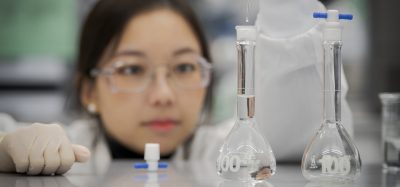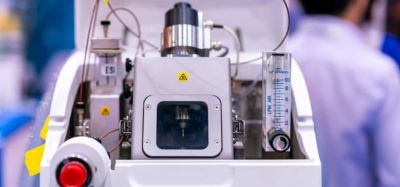Innovative static culturing method developed
Posted: 8 November 2024 | Catherine Eckford (European Pharmaceutical Review) | No comments yet
The alternative liquid culturing method does not require shaking of microorganisms, according to the research.


Credit: Professor Motomu Akita from Kindai University
A study has reported a novel microbiology approach using TPX polymer film to culture bacteria in a liquid static culture. One key challenge of culturing in microbiology is that since oxygen does not dissolve easily in the liquid medium typically used during this process, the medium must be vigorously aerated, usually by shaking, which causes shear stress of the microorganisms, the Japanese researchers explained.
In their paper, they stated that the most important benefit of their film bag “is its simplicity because no equipment for mechanical aeration is required”, since the method provides an adequate supply of oxygen.
Potential as a new microbiological method for culturing microorganisms
The gas-permeable film bag was filled with a little liquid medium, injected with bacteria and placed on a flat surface so that the microorganisms could be cultured in the thin layer of medium that formed.
The team produced a culture of Escherichia coli with their novel method and reported similar growth in the film bag and in liquid shake cultures.
Notably, the study found that static culturing of Bacillus species resulted in “biofilm” formation along the bottom of the film bag.
In the study, a culture of Komagataella phaffi (K. phaffi) was made to investigate oxygen availability, as they noted that this species requires a high level of oxygen to grow. The growth of K. phaffi was found to be a little lower in the film bag compared to conventional shake cultures.
until now, microorganisms have not been cultured in liquid conditions where sufficient oxygen was supplied and physical stress was absent”
Furthermore, in the paper, Matsumoto et al. highlighted that in theory, “air permeability is improved by making the film as thin as possible”. Therefore, thinner films “can be used, but this comes with a usability trade-off. Thus, appropriate designs should be adopted for individual research requirements”.
The findings from the study are important because “until now, microorganisms have not been cultured in liquid conditions where sufficient oxygen was supplied and physical stress was absent,” explained Professor Motomu Akita, a researcher in the study.
Future possibilities
The new culturing method has strong potential, according to the team. “Reducing the space, energy and resources needed to culture bacteria could promote more sustainable research activities,” commented Professor Akita.
Matsumoto et al. shared that the method would therefore be “most suited for small laboratories, including facilities where energy consumption and space must be tightly controlled”.
This paper was published in Scientific Reports.
Related topics
Analytical techniques, Industry Insight, Microbiology, Research & Development (R&D), Technology









